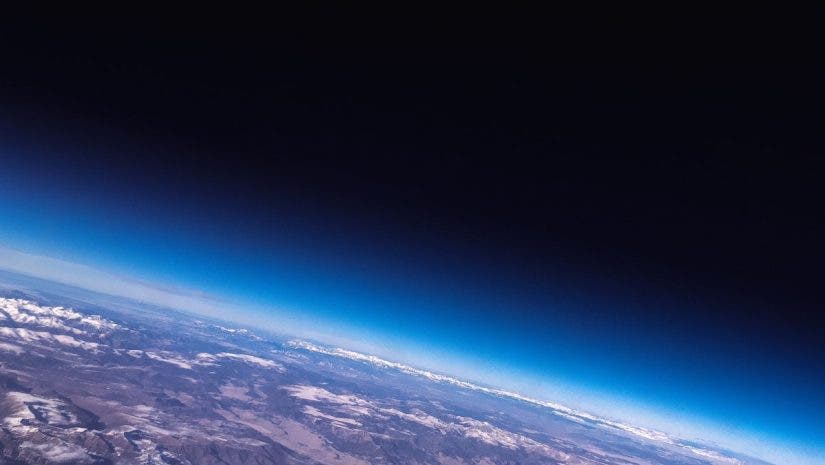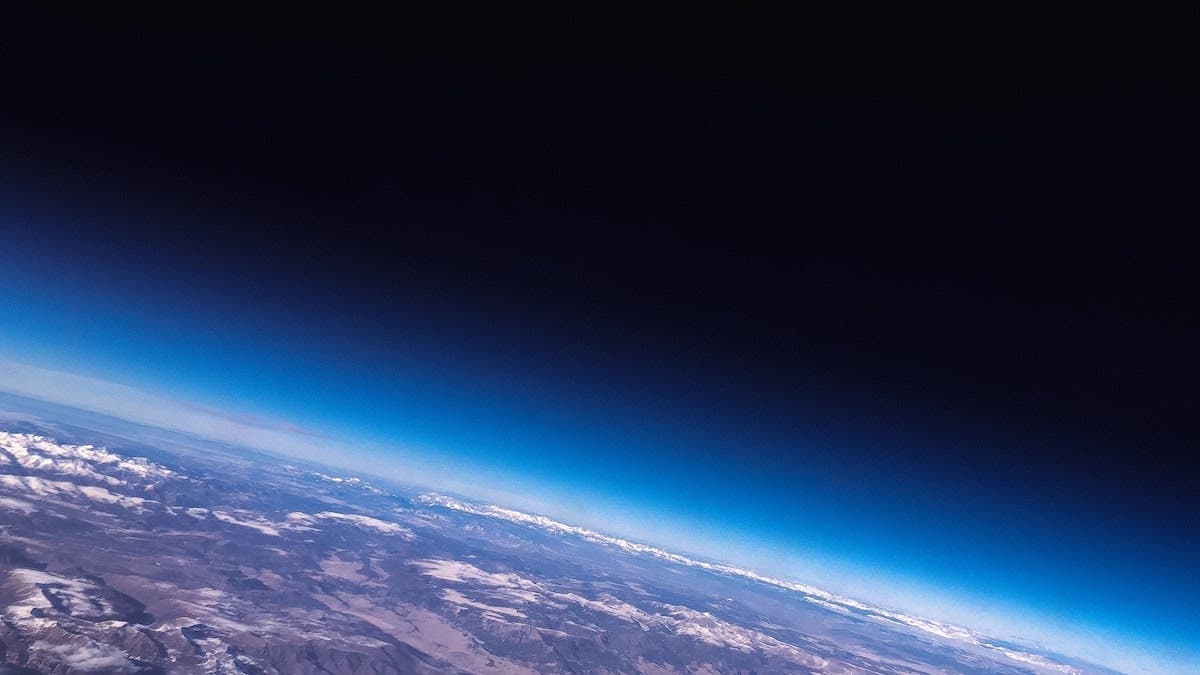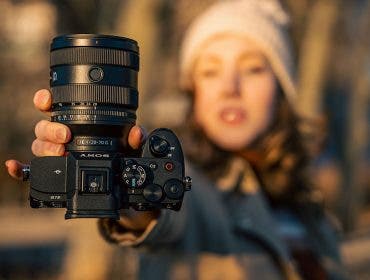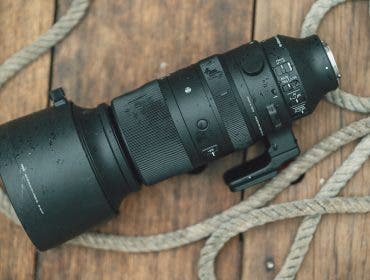It’s finally possible to fulfill that childhood dream of seeing space. And you can do it all while avoiding years of training and practice. Thanks to Sony’s brand new Star Sphere Project, anyone can access, control, and capture photos of the stars from a nano satellite equipped with a full-frame Sony camera and a 28-135mm f/4 lens.
The Sony Star Sphere Project will connect individuals to a satellite that can be operated and used to capture photos. Sony also hopes that Star Sphere will provide opportunities for creators to make new art centered around different perspectives of space.
What is the Sony Space Sphere satellite?
The Star Sphere satellite will allow users to capture brand-new angles from space, and download the images after shooting. A GPS antenna equipped on the satellite will measure the position of the satellite. Users can perfectly plan how — and where — they wish to capture their photos. Star Sphere will also be developing a shooting simulator. This will allow users to confirm where and when the satellite is traveling, and plan out exactly where they want to capture photos. The simulator also allows creators to practice operating the camera and finding the perfect shot, in order to help them best use their reserved time with the camera.
Sony is working with the University of Tokyo and JAXA (Japan Aerospace Exploration Agency) to both develop and operate the satellite, in addition to commercializing the project. The University of Tokyo will be developing the satellite engine chamber and propulsion system. Meanwhile, JAXA will work on the technical and project development support.
When will the camera launch into space?
Sony hopes that the camera will be launched into space and ready to use in the spring of 2023. The camera is being sent up on a satellite that will have an orbital altitude of 500-600km. The satellite is equipped with a star tracker to measure altitude. It also has solar sensors to measure altitude against the sun’s position, solar array wings to generate power to supply to the battery, a GPS antenna, and a thruster with water as a propellant. This will extend the lifetime of the satellite. And, of course, the satellite is going to have a full-frame Sony camera and a 28-135mm f/4 lens. This will allow creators to capture all sorts of different angles, focal lengths, and subject matter.
At the time of launch, there will be 16 orbits to choose from. These will completely circle the earth in just 90 minutes. However, there is one small caveat. Of those 90 minutes, you are only able to shoot photos or capture video in ten of those minutes. You can capture up to 50 images or 30 seconds of video, but users may have the option to pay to extend the amount of images or length of video.
What does the Star Sphere mean for creators?
According to Sony, the Star Sphere “will provide many people with the opportunity to create new art based on the space perspectives.” To start off, the company is partnering with world-famous contemporary artist Hiroshi Sugimoto. Sugimoto will be the very first user of the space camera. Previously, he has created photographic work that explores the concepts of “time” and “story.” So, it will be exciting to see what he can do with the Star Sphere.
This is likely one of the first times that space exploration has directly expanded to art. Sony hopes to shift the values regarding space “from science to emotion” by using art as a means to explore the galaxy.
What will crew members receive?
If the Star Sphere project sounds like something you’re interested in, you can become a “crew member” by registering with Sony on the Star Sphere website. There are two separate tiers:
Lower Tier
The lower tier will allow crew members to follow along with the satellite on its predetermined route. Routes are determined by the time, day, and orbit of the earth. It appears as if Sony will have a few leading space exploration experts curate a few routes as well. While on the satellite, you can take photos or video for your own use.
Advanced Tier
The advanced tier offers users the ability to book their very own, private 90-minute tour around the earth. Not only can you book your own time and date, but you can also control the camera by adjusting the direction, zoom, and angle, as well as the shutter speed, aperture, and ISO. One of the coolest features is the ability for real-time operation. You can actually operate the satellite as it is flying, controlling each and every move.
At the time of this writing, you can register to become a crew member. Although, photography and videography services are not set to be available until — at least — later in 2023. The program is only available in Japan and the United States to start. We don’t know the cost of becoming a crew member and, since nothing like this has ever been done before, we don’t even have a rough estimate.
What camera and lens will be on the satellite?
The satellite will be equipped with a camera and lens made by Sony. While the build of the camera hasn’t yet been announced, we presume it will use Sony’s latest Exmor R CMOS Sensor (seen in the a7R V). This sensor boasts an impressive 61.0MP, which would produce absolutely stunning images from space, loaded with detail. If this is true, this high megapixel sensor will allow crew members to download very high resolution videos and photos, and even create large prints from the 61.0 megapixel photos.
The lens that will accompany Sony’s camera in space is the Sony FE PZ 28-135mm f/4 OSS G Lens. This lens was likely selected for the high-quality images it is known to produce. It has a wide focal range paired with a maximum aperture of f/4. Crew members will be able to capture both wide angle and telephoto images and videos with this highly versatile lens.
The lens features the absolute minimum amount of focus breathing and zoom image shift. This makes it a top pick for movie sets. Aspherical elements and advanced multi-coating technology help to suppress any aberration. With this lens, you can be rest assured that your photos or video will be of the highest quality.
Final Thoughts
Whether you plan to be a crew member and capture your own content, or you are just excited to see the photos and videos taken by others, the Sony Star Sphere Project is certainly something to be excited about. Nothing like this has ever been done before, and this project is just the start of something that can grow to be much larger.
If profitable, Sony has mentioned the possibility of sending more cameras up into space, making space exploration even more accessible than ever before. This may just be the beginning of space exploration from an artistic standpoint, and we can hopefully look forward to more accessible space exploration for all in the near future.
Featured Image from Unsplash






